How to Prevent and Treat DOMS: Expert Tips for Runners
As a certified endurance running coach and sports nutrition expert, I have guided numerous athletes through their experiences with Delayed Onset Muscle Soreness (DOMS). This common challenge affects everyone from professional marathoners to casual weekend joggers. In this comprehensive guide, we'll cover what DOMS is, its causes, and effective strategies for prevention and recovery.
What is DOMS?
Delayed Onset Muscle Soreness (DOMS) refers to the pain and stiffness that occurs in the muscles several hours to days after engaging in physical activities that the body isn't used to. The most intense soreness usually appears 24 to 72 hours post-exercise. This natural response is a part of the body’s adaptation process, leading to increased stamina and strength as muscles recover and grow.
Causes of DOMS
DOMS primarily results from type I muscle strain during eccentric exercises—actions where muscles lengthen while contracting. Common examples include downhill running, long-distance running, and resistance training exercises like deadlifts and squats. These activities cause microscopic damage to muscle fibers, followed by inflammation that triggers soreness.
Prevention of DOMS
While some soreness after a workout can be normal, excessive DOMS can hinder your training consistency and effectiveness. Here are ways to prevent it:
Progress Gradually: Increase the intensity, duration, and frequency of workouts gradually to allow muscle adaptation.
Warm-Up Properly: A dynamic warm-up can enhance muscle flexibility and blood flow, reducing injury and DOMS risks.
Cross-Training: Engage in varied types of workouts to prevent overusing specific muscle groups and reduce DOMS severity.
Hydration and Nutrition: Maintain hydration and consume a balanced diet rich in antioxidants, proteins, and healthy fats to support muscle repair.
Recovery from DOMS
Recovering from DOMS not only alleviates discomfort but also accelerates muscle healing:
Active Recovery: Engage in light activities like walking or gentle stretching to enhance blood flow and alleviate soreness.
Cold and Heat Therapy: Apply ice packs to reduce (excess) inflammation or use warm baths to relax muscles and improve circulation. Remember, a small amount of inflammation is normal.
Massage and Foam Rolling: These techniques can decrease stiffness and soreness in the muscles. This helps to break up muscle knots and adhesions in the Fascia (the connective tissue surrounding your muscles), which can become tight and restrictive, limiting movement and contributing to pain.
Proper Rest: Prioritize sleep as it is critical for muscle repair. Avoid overtraining.
Anti-inflammatory Foods: Include foods like berries, cherries, turmeric, and fatty fish to reduce inflammation and soreness.
Stay Hydrated: Adequate water intake is crucial, especially before, during, and after workouts.
Although DOMS can be an irritating part of training, understanding and managing it effectively allows you to keep progressing with minimal discomfort. Persistent severe DOMS may indicate a need to adjust your workout intensity or recovery tactics. Always listen to your body and modify your routines accordingly to achieve long-term success in endurance sports. A great coach can assist in minimizing and recovering from DOMS, with a plan designed around you unique needs. Book a free discovery call with me if you’re interested in some help!

